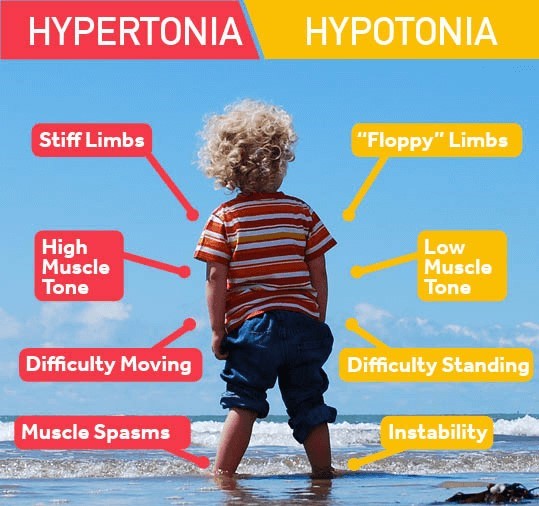A nurse is teaching a client who has rheumatoid arthritis about illness management.
Which of the following instructions should the nurse include in the teaching?
Apply cold packs directly on the skin of the affected joints.
Administer biological response modifiers to prevent infection
Take a hot shower in the morning to decrease stiffness.
Cluster physical activities during the day
The Correct Answer is C
The correct answer is choice C. Taking a hot shower in the morning can help decrease stiffness and improve joint mobility for people with rheumatoid arthritis. This is one of the self-management strategies that can reduce pain and disability.
Choice A is wrong because applying cold packs directly on the skin of the affected joints can cause vasoconstriction and increase inflammation.
Cold therapy should be used with caution and with a barrier between the skin and the ice pack.
Choice B is wrong because biological response modifiers are not used to prevent infection, but to reduce inflammation and slow down joint damage in rheumatoid arthritis.
These medications can actually increase the risk of infection by suppressing the immune system.
Choice D is wrong because clustering physical activities during the day can cause fatigue and joint stress for people with rheumatoid arthritis.
It is better to pace activities throughout the day and take frequent breaks to rest the joints.
Normal ranges for rheumatoid arthritis are based on the disease activity score (DAS), which measures the number of swollen and tender joints, the level of inflammation in the blood, and the patient’s global assessment of health. A DAS below 2.6 indicates remission, a DAS between 2.6 and 3.2 indicates low disease activity, a DAS between 3.2 and 5.1 indicates moderate disease activity, and a DAS above 5.1 indicates high disease activity.
Nursing Test Bank
Naxlex Comprehensive Predictor Exams
Related Questions
Correct Answer is B
Explanation
The correct answer is B.
Choice A reason: Atrial fibrillation is characterized by a rapid, irregular heartbeat and an absence of distinct P waves on the ECG, which is not indicated by the information provided.
Choice B reason: First-degree AV block is indicated by a prolonged PR interval without affecting the overall heart rate, aligning with the client’s PR interval of 0.24 seconds.
Choice C reason: Premature ventricular contraction would show an abnormal QRS complex on the ECG, which is not mentioned in the scenario.
Choice D reason: Sinus bradycardia is defined by a heart rate less than 60 bpm, which does not apply here as the client’s heart rate is 69/min, within the normal range of 60-100 bpm.
Correct Answer is D
Explanation

Hypertonicity is a sign of increased muscle tone and stiffness, which can indicate that the newborn is experiencing withdrawal from methadone exposure in utero. Methadone is an opioid medication that can cross the placenta and cause neonatal abstinence syndrome (NAS) in the newborn.
Choice A, acrocyanosis, is wrong because it is a normal finding in newborns.
Acrocyanosis is a bluish discoloration of the hands and feet due to immature peripheral circulation. It usually resolves within the first 24 to 48 hours of life.
Choice B, bradycardia, is wrong because it is not a typical sign of withdrawal.
Bradycardia is a slow heart rate, usually less than 100 beats per minute in newborns. It can be caused by hypoxia, hypothermia, hypoglycemia, or vagal stimulation.
Choice C, bulging fontanels, is wrong because it is a sign of increased intracranial pressure, not withdrawal. Bulging fontanels can be caused by meningitis, hydrocephalus, or hemorrhage.
Normal ranges for newborn vital signs are as follows:
- Heart rate: 120 to 160 beats per minute
- Respiratory rate: 30 to 60 breaths per minute
- Temperature: 36.5 to 37.5°C (97.7 to 99.5°F)
- Blood pressure: 60 to 80 mm Hg systolic and 40 to 50 mm Hg diastolic
Whether you are a student looking to ace your exams or a practicing nurse seeking to enhance your expertise , our nursing education contents will empower you with the confidence and competence to make a difference in the lives of patients and become a respected leader in the healthcare field.
Visit Naxlex, invest in your future and unlock endless possibilities with our unparalleled nursing education contents today
Report Wrong Answer on the Current Question
Do you disagree with the answer? If yes, what is your expected answer? Explain.
Kindly be descriptive with the issue you are facing.
